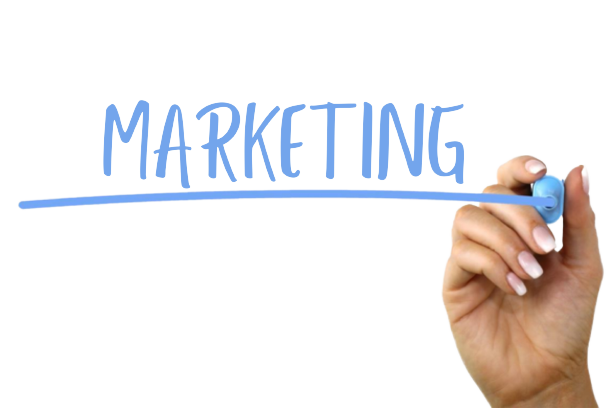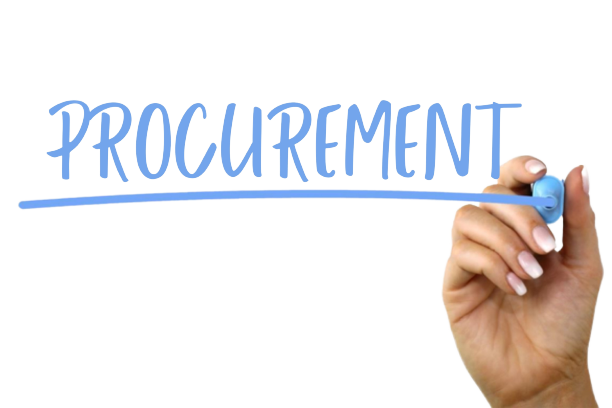Consulting
Working as an extended part of your team (Staff function as a Service) with a hands-on approach to ensure the most impact creating solution is implemented
Consulting Expertise
- Accelerate Sales Cycle: Optimise sales processes (make leaner, standardize, automate, digitize) and strategies can shorten the sales cycle, allowing you to capture opportunities faster
- Increase Conversion Rates: Implement effective monitoring, sales techniques and understanding of customer pain points leads to higher conversion rates
- Increase Customer Retention: Focus on sales effectiveness not only drives new business but also strengthens customer relationships, leading to repeat sales and loyalty through effective account management
- Sales Process Optimisation: Streamline the sales process by defining clear stages, milestones, and KPIs, ideally supported by a CRM system. Ensure sales people work in agreed process and insights are captured in the CRM/ Monitoring for data driven steering of sales activities
- Sales Performance Optimisation: Utilize data analytics (CRM, billing data, etc.) allows to identify pockets of optimisation (salesperson performance, customer margin optimisation, etc.) and can be used to create actionable programs to optimise sales performance
- Sales Training & Coaching: Equip your sales team with the right skills and knowledge. This could be done as part of a sales process or sales performance optimisation, but also be delivered stand-alone to improve sales performance (e.g. how to qualify opportunities, sales techniques, objection handling, etc.)


Marketing Effectiveness
- Increase Lead Generation: Generate more leads increases the size of the pipeline with relevant leads which in turn delivers higher revenue
- Improve Marketing ROI: Optimise marketing spend holistically and per channel increases the leads that can be generated and managing the cost to achieve that
- Improve Product Market Combination (PMC) Fit: Have the right offer per market group (region, type of customer, etc.) improves relevance and conversion, but likewise also allows to use resources effectively
- Lead Generation Optimisation: Understand the holistic lead generation process, identify your target audiences, define clear targets and measure performance per channel. Identifies optimization potential within existing and potentially new activities/ channels
- Marketing Investment Optimisation: Create cross-channel performance Dashboard and understanding key KPIs (e.g. channel effectiveness, ROI and cost per won deal). Optimise budget allocation to more promising channels and deep dive into individual channels to optimise their individual performance (e.g. introduce E-Mail automation tool)
- Proposition Development: Identify the customer segments and product market combinations (PMC). Understand the customer needs and develop propositions that are tailored to each PMC incl. Product, Packaging & Pricing. Understand differences in Go-to-market (GTM) approaches and work out each individual GTM approach
- Increase Margins: Become more sophisticated and smart in the pricing maturity (e.g. Competitive, Value Based or Dynamic Pricing, Price increases) and improve margin per product/ service sold
- Increase Volume: Understand price elasticities of the different product market combinations and individual customers to set prices to win and maintain more volumes from new and existing customers
- Optimize Value Perception: Use pricing as a tool to support the positioning you want to achieve (e.g. Price fighter vs. Premium provider) and develop the propositions accordingly
- Value Based Pricing/ Selling: Understand customer needs and build prices based on (dynamic) wilingness to pay. Potentially change product, packaging, pricing, CEX or operation processes to match customer expectations. Enable commercial teams to understand and communicate the relevant value to the customer. Learn and improve continuously to drive customer satisfaction and margins up
- Margin Optimization: Identify end-2-end pricing process (from quotation to cash collection), margins and points of leakage. Improve processes, tools, governance and monitoring. Use monitoring to steer prices/ margins centrally and enable Sales/ Account Mgmt. to get price quotes/ price list updates quickly which helps with conversion
- Price Increases: Perform (bi-)yearly price increases in a structured process. Measure NPS on ongoing basis and identify individual customer segments which will get same increase and communication based on analysis (NPS, reaction to prior increase, margins, delivered quality, relationship, contract negotiations, etc.). Create value communication, train teams and keep focus in 4 weeks after go live


Procurement
- Reduce cost: Ensure to source products & services at the lowest prices at acceptable SLAs by benchmarking and renegotiating supplier contracts on a yearly basis
- Increase Supplier Performance: Understand supplier performance and increase their delivered quality and SLAs, increasing their impact on your own customer satisfaction
- Improve ESG Footprint: Understand and measure the ESG impact of your supplier base and use this transparency to improve your ESG footprint
- Procurement renegotiations: Identify reliable and cost-effective suppliers through internal and external benchmarking. Regularly assess supplier performance to ensure compliance with quality standards and service level agreements. Renegotiate supplier cost and quality/ service standards on a yearly basis
- Value Based Sourcing: Identify end-2-end procurement process (from supplier selection to delivering final service/ product), and points of leakage. Improve processes, tools, governance and monitoring. Use monitoring & benchmarking to renegotiate prices, consolidate spend and get suppliers to continuously deliver SLAs
- ESG impact optimisation: Assess the ESG footprint of your supply chain structurally. Identify optimisation areas and include ESG in your procurement processes & governance. Include relevant stakeholders in the process (employees, suppliers, etc.) and report on ESG progress incl. obtaining relevant certificates
